Ever wondered what goes on in your furry friend’s mind when they seem anxious or stressed? Dogs, like humans, experience stress and have their unique ways of responding to it. These responses are often categorized into the Four F’s: Fight, Flight, Freeze, and Fiddle. Understanding these can help you better care for your canine companion. Dive into the world of canine psychology with us, and unravel the mysteries behind your dog’s behavior.
Fight: When Dogs Stand Their Ground
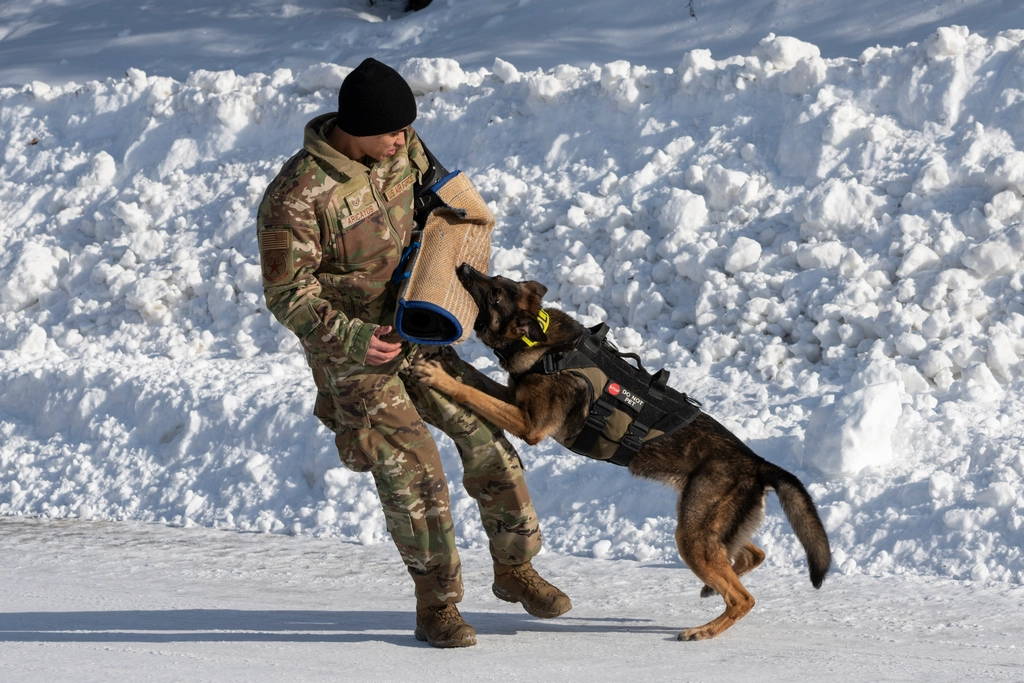
The “Fight” response in dogs is a natural reaction to perceived threats. When a dog feels cornered or threatened, they might resort to aggression. This can be seen in behaviors such as barking, growling, or even snapping. It’s their way of saying, “Back off!” This response is deeply rooted in their instinct for survival. While it might seem alarming, it’s essential to understand that your dog is not being “bad”; they’re just trying to protect themselves.
For many dogs, showing aggression is a last resort. Most would prefer to avoid conflict altogether. However, if they feel there’s no other option, they will stand their ground. It’s crucial for dog owners to recognize the signs leading up to this response. By identifying the triggers, you can help your dog feel more secure and reduce the chances of them reaching the “Fight” stage. Understanding and patience are key.
Flight: The Urge to Escape
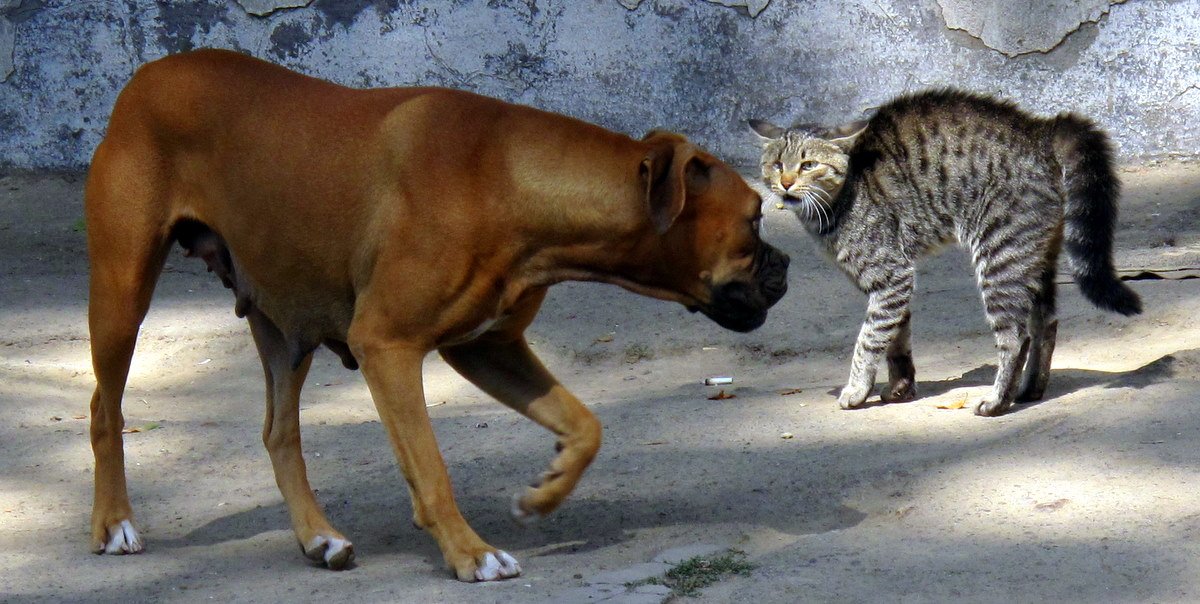
The “Flight” response is perhaps one of the most common ways dogs handle stress. When faced with a stressful situation, many dogs choose to flee rather than confront. This could manifest as running away, hiding behind furniture, or trying to escape a room. It’s their way of seeking safety and avoiding confrontation. In the wild, this instinct would help them steer clear of dangerous predators.
For dog owners, it’s essential to provide a safe space for their pets. If your dog frequently resorts to the “Flight” response, it might be beneficial to create a designated “safe zone” in your home. This could be a cozy corner with their favorite toys and blankets. By offering them a retreat, you can help them feel more secure and reduce their stress levels. Remember, a calm environment can make a world of difference.
Freeze: The Stillness of Stress

When a dog chooses the “Freeze” response, they essentially shut down. You might notice your dog becoming very still, with a blank stare or rigid posture. This behavior is their way of going unnoticed in a stressful situation, hoping the perceived threat will pass. It’s akin to a deer caught in headlights, unsure of whether to run or stay.
Recognizing this response is crucial for dog owners. A dog in “Freeze” mode isn’t necessarily calm; they’re overwhelmed. It’s essential to approach them with care and avoid sudden movements or loud noises. By gently reassuring them, you can help them transition out of this state. Over time, with positive reinforcement and training, you can help your dog feel more confident and less prone to freezing.
Fiddle: The Distracting Dance
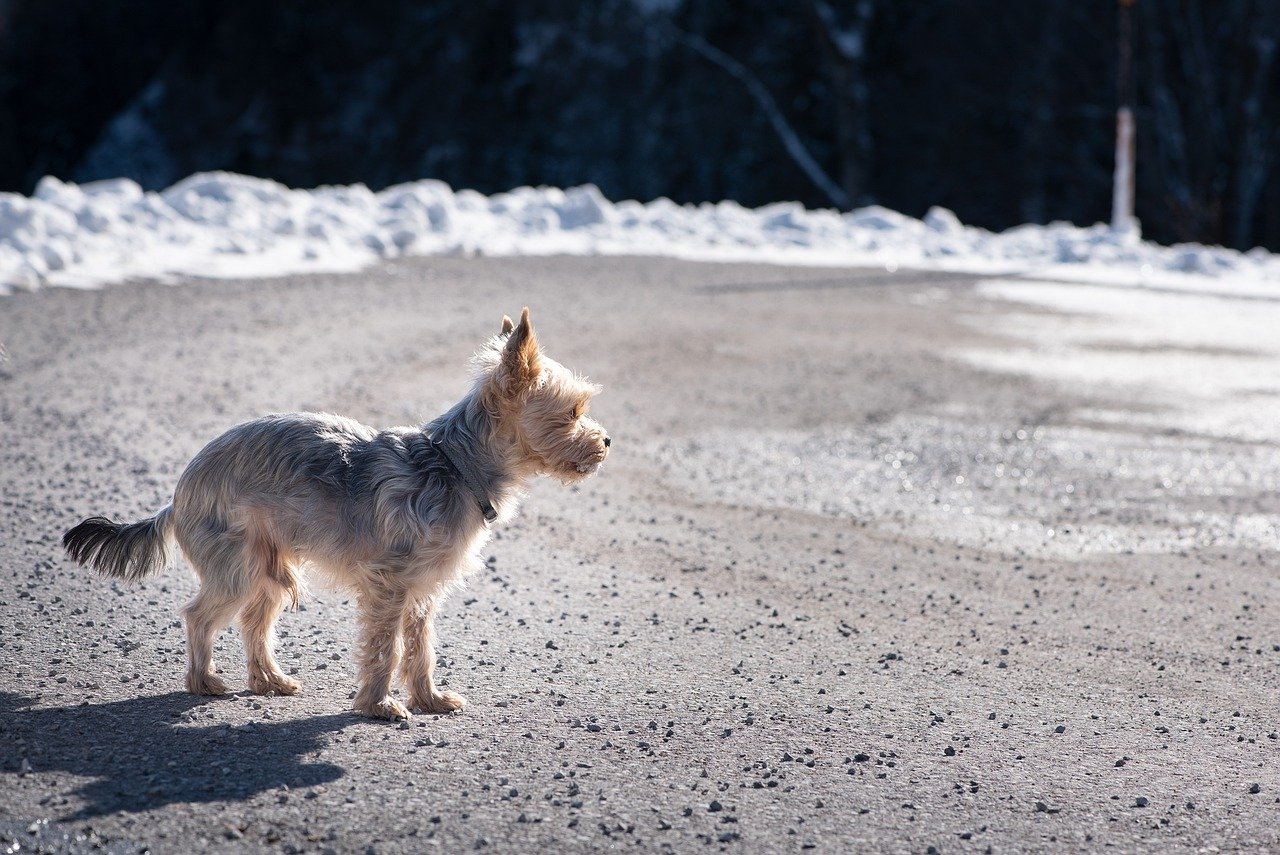
The “Fiddle” response is perhaps the most intriguing of the Four F’s. When dogs “fiddle,” they engage in seemingly random behaviors to distract themselves from stress. This might include excessive licking, yawning, or even scratching. It’s their way of coping, much like humans might bite their nails or fidget when anxious.
Understanding the “Fiddle” response can be a game-changer for dog owners. By recognizing these behaviors, you can intervene and help redirect their focus. Engaging them in a fun activity or offering a favorite toy can be effective. Over time, with consistent support, your dog can learn healthier ways to manage stress. Remember, patience and understanding are your best tools.
Recognizing Stress Signals in Dogs
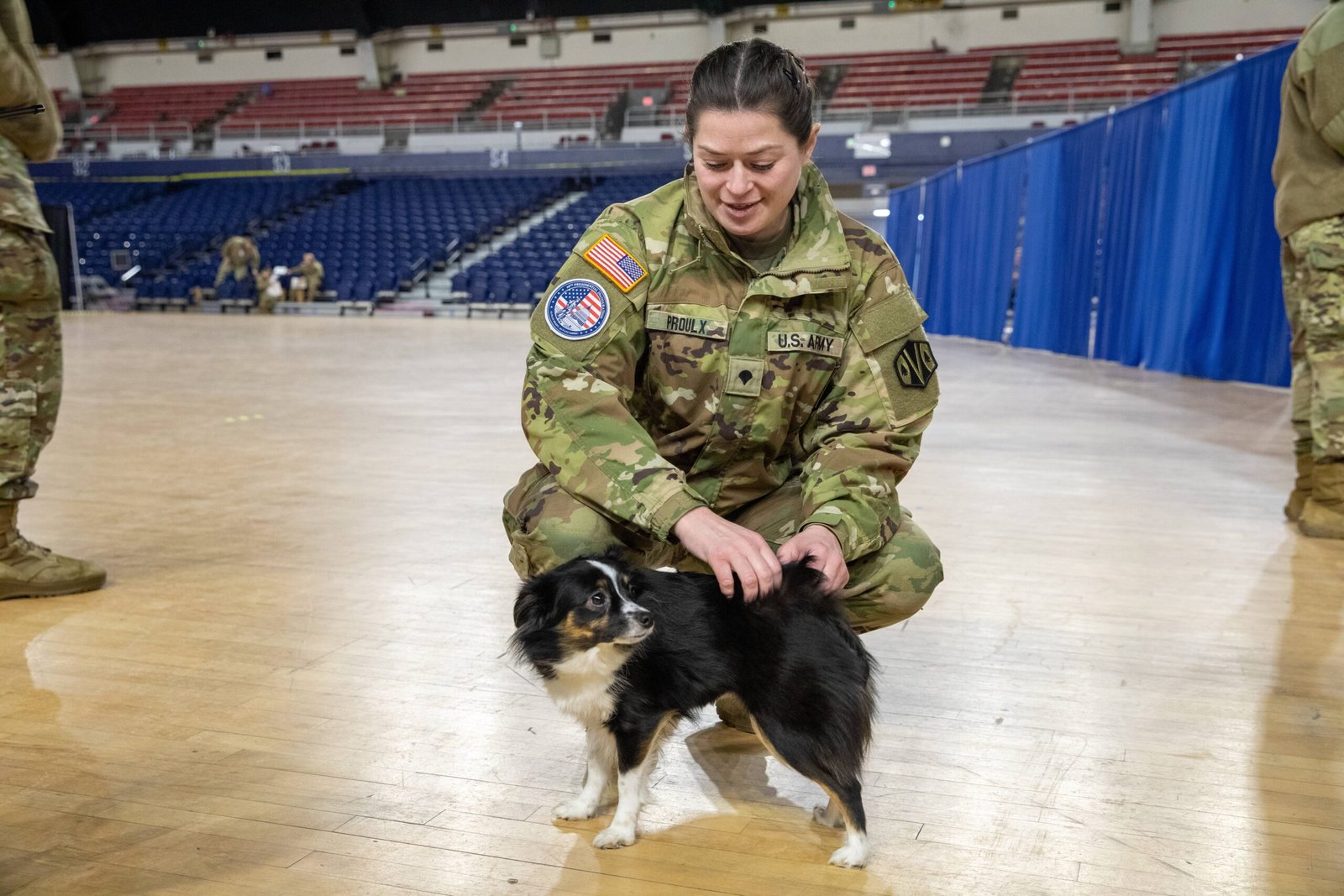
Recognizing stress in dogs isn’t always straightforward. While the Four F’s provide a framework, every dog is unique. Some might exhibit a combination of these responses, while others might have subtle signs. Common indicators include changes in appetite, excessive panting, or a sudden change in behavior. Being attuned to these signals can make a significant difference in your dog’s well-being.
As a dog owner, it’s essential to be observant and proactive. Regular check-ins with your vet can also provide insights into any underlying health issues that might be causing stress. By staying informed and attentive, you can ensure your furry friend leads a happy, stress-free life. After all, a happy dog means a happy home.
Helping Your Dog Cope with Stress
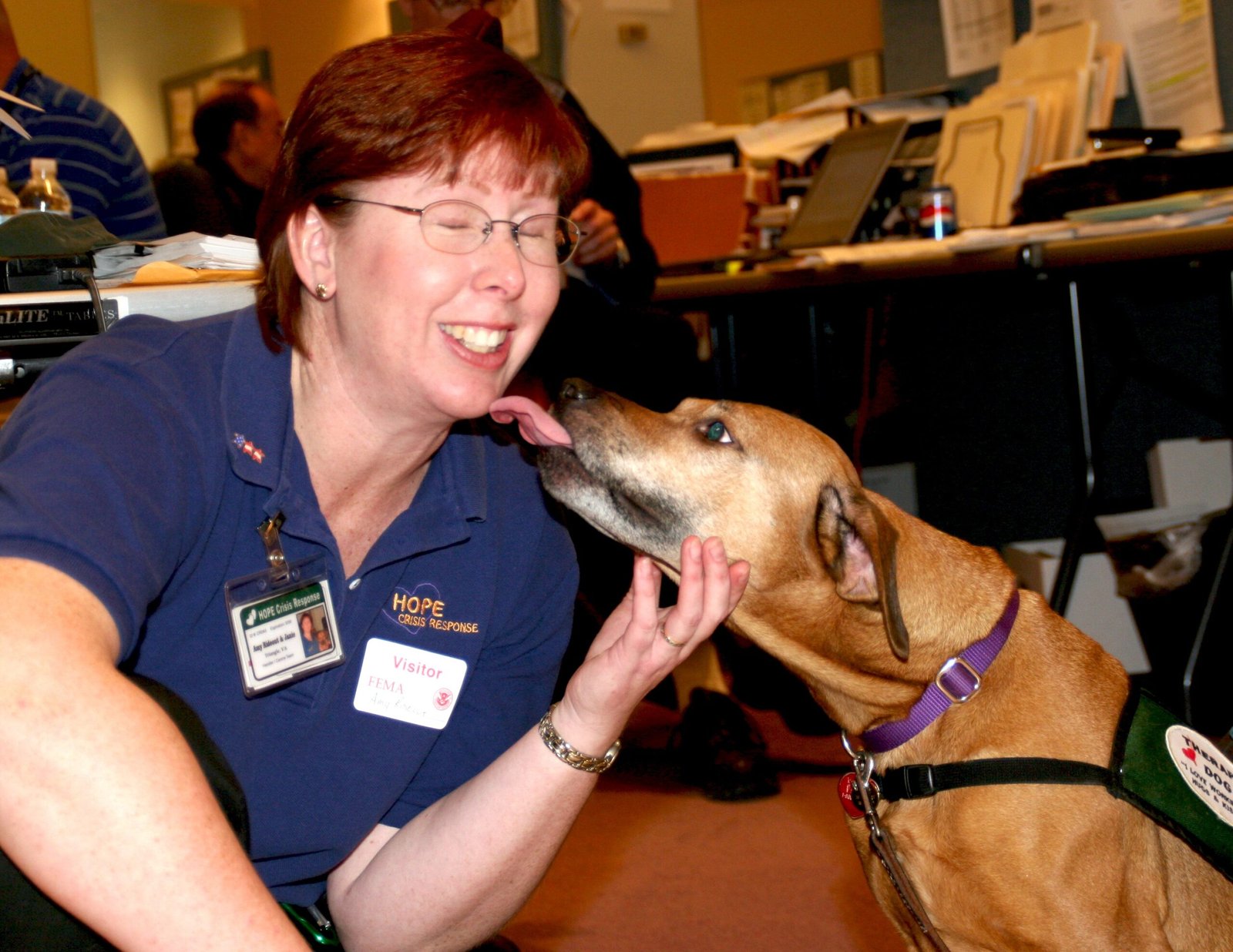
Helping your dog cope with stress requires a combination of understanding, patience, and proactive measures. First, identify the triggers. Is it loud noises, new environments, or certain people? Once you know the cause, you can work on desensitizing your dog to these stressors. Training, positive reinforcement, and creating a safe environment can all be beneficial.
Moreover, regular exercise and mental stimulation can significantly reduce stress in dogs. Activities like fetch, puzzle toys, or even a simple walk can do wonders. Remember, your dog looks to you for comfort and security. By being a calm and consistent presence, you can help them navigate their stressors and lead a happier life.
In conclusion, understanding the Four F’s of stress in dogs can transform your relationship with your furry friend. By recognizing these responses, you can provide the support they need and ensure their well-being. So, next time your dog seems stressed, ask yourself: which of the Four F’s are they displaying? Your insight could make all the difference.

Esther is from India; the heartbeat of South Asia, holding a Master’s degree in Zoology and a postgraduate diploma in Animal Welfare. Her enthusiasm for animal welfare drives her passion and dedication to working for animals, ensuring their well-being, and advocating for their rights. With a solid academic background and hands-on experience, she is committed to making a positive impact in the field of animal welfare. In her free time, she enjoys embroidery and sewing. As a Chennaite from Tamil Nadu, Esther loves Bharathanatyam, an Indian classical dance form.






